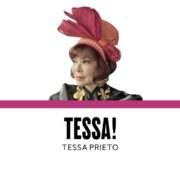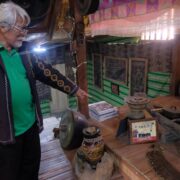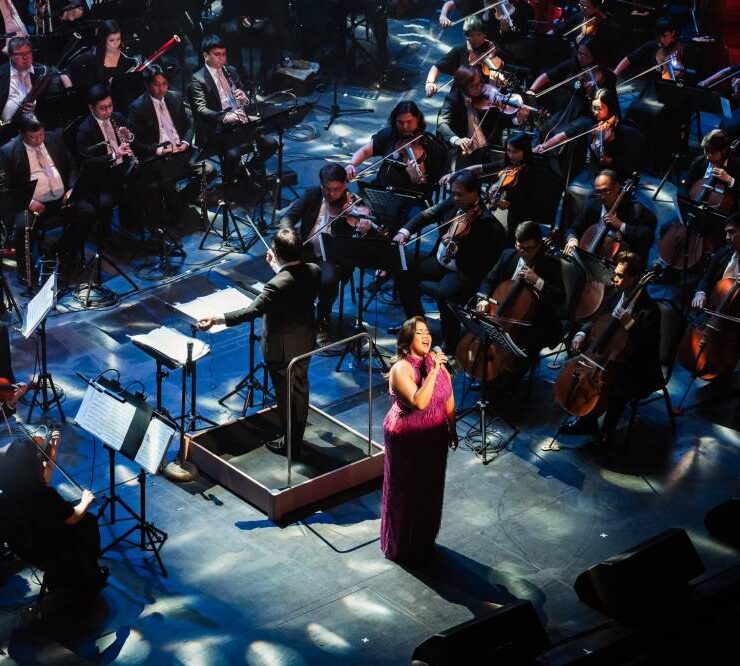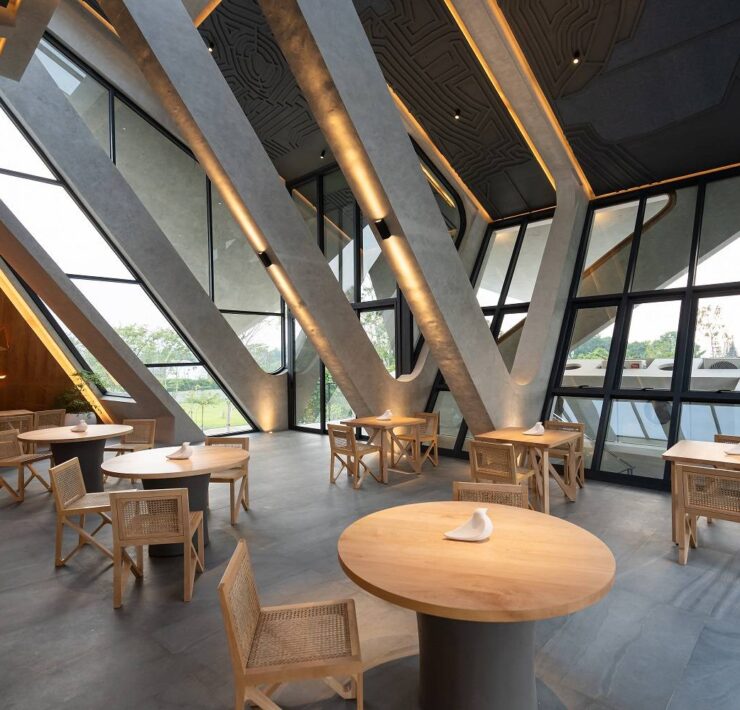A gateway to classical culture for kids (and adults who love to feel inspired, too)
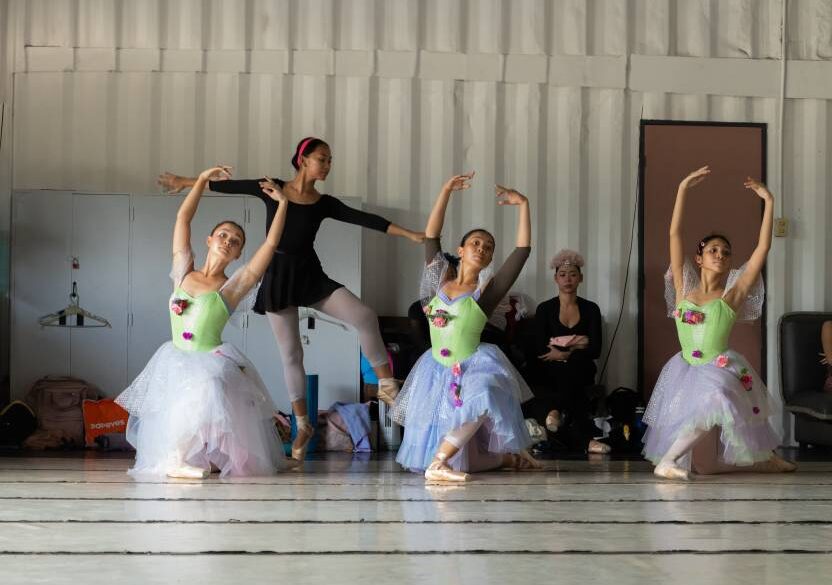
Next weekend’s main cultural event isn’t showing ballet as usual. But that’s entirely the point of “Three Masters, One Stage.”
From Aug. 1 to 3 at the Theater at Solaire, expect a remix: First, the grandeur of the Manila Symphony Orchestra’s live music in the spotlight. Then, expect a charming educational rendition by Repertory Philippines of “Peter and the Wolf” (directed by Jeremy Domingo and choreographed by PJ Rebullida), where every animal in the forest corresponds to a musical instrument.
The show will culminate with the splendor of dance in the performance of “Little Red Riding Hood” by Ballet Philippines. A star dancer of The Kremlin Ballet Theatre, Mikhail “Misha” Martynyuk heads the artistic direction for the show. He describes the choreography as “very classical” but layered with lightness and warmth that allow younger audiences to connect with both the movement and the music.
The seed of this multi-master show first came to sprout in the middle of the pandemic, when Ballet Philippines president Kathleen “Maymay” Liechtenstein began speaking with Repertory Philippines’ Mindy Perez-Rubio about how to reshape the way live performance reaches young audiences.
“What if we told stories not just to entertain but to educate, and to let children fall in love with the arts at a young age?” Lichauco recalls.
With the unexpected yet natural combination of major ballet, theater, and orchestral players in the country, it’s set to be a performance that will have both children and adults watching and listening with rapt attention, and leaving the theater beaming.
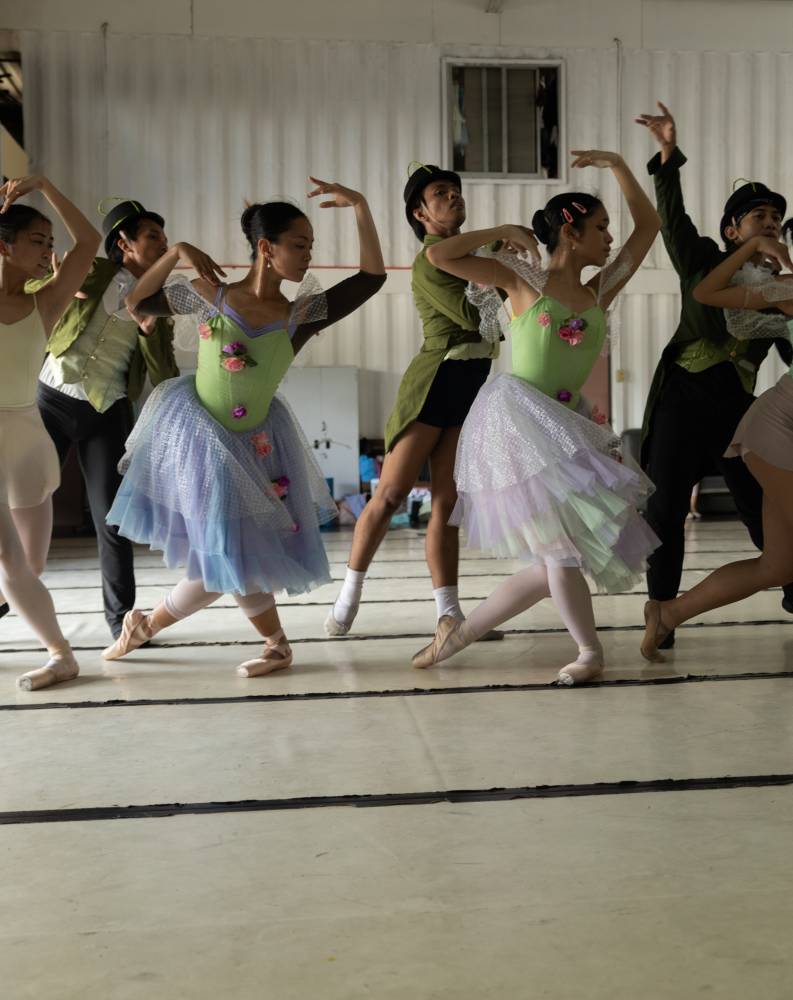
Why “Little Red” still matters
“There’s always the thinking that ballet is elitist,” says Liechtenstein. “We don’t disagree. It has traditionally served a niche. But that’s exactly why we’re doing this. It should not be limited. Because the next generation will always be the now.”
There are more than a hundred slightly different versions of “Little Red Riding Hood” from around the world. Jumping off the original French version from Charles Perrault, the director changed central storyline elements of the fairytale.
For example, Red doesn’t just outwit the wolf, usually a one-dimensional villain. The wolf is more nuanced, less a symbol of terror, and more a character capable of redemption. Veering away from the classic, Martynyuk removes the cannibalism and where they cut open grandma’s stomach.
“It’s more about ethics. The wolf—he is bad in the beginning, but good in the end. It is corrected on the stage,” he says.
The story seems to be previewing a version that’s less about instilling fear and more about being discerning of choice, with a sense of courage. Liechtenstein emphasizes that the ominous forest in “Little Red Riding Hood” is still a metaphorical tale of caution, just updated for today’s world. “Instead of woods, we’re in the malls now,” Liechtenstein says. “But you still have to watch out for the wolves.”
For Ballet Philippines’ principal dancer Jemima Reyes, dancing the role of Little Red has been a deep emotional exercise. “I’m still exploring when she can be brave, and when she can ask for help,” she shares. “I try to relate it to myself: If I were in that situation, what would I do?”
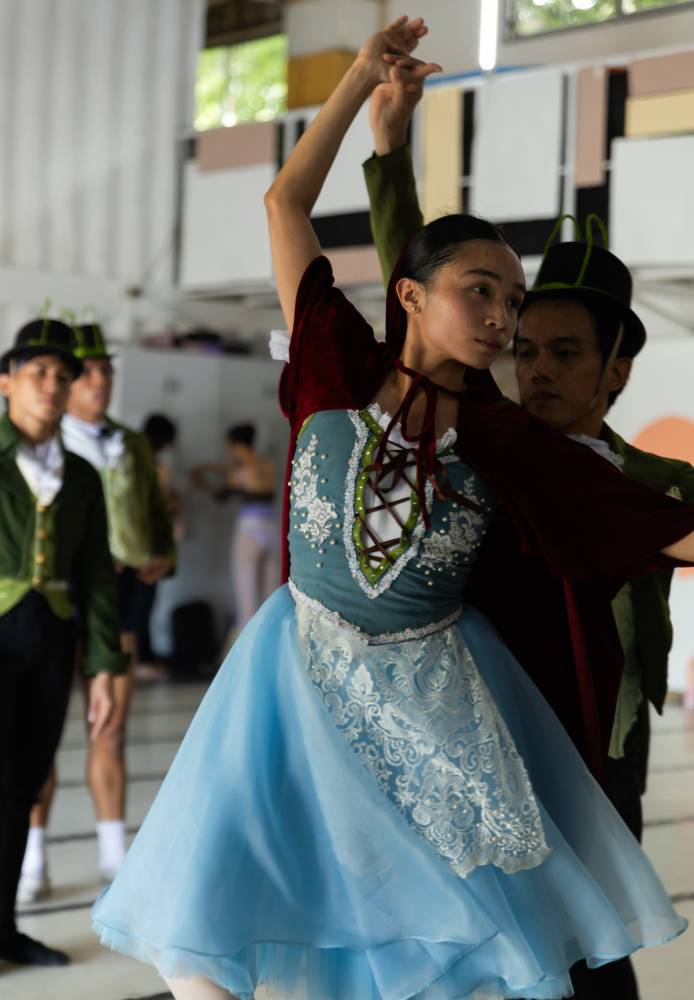
Reyes says the most physically demanding moments come during her scenes with the Wolf, where the choreography is layered, fast-paced, and symbolic, likely tailored for the company’s most seasoned artists. “It’s fun, but exhausting,” she says with a calm smile.
Despite the challenge, the camaraderie behind the scenes helps. “Since the characters are animals, we all get into it. We laugh, we play, we joke during rehearsals. That’s how we support each other,” the dancer says.
Music that literally moves
The musical selections in Little Red are stitched together from across centuries: Camille Saint-Saëns’ “Danse Macabre” and “Carnival of the Animals,” Rimsky-Korsakov’s “Flight of the Bumblebee,” Edvard Grieg’s “In the Hall of the Mountain King,” and other sweeping classical works.
The classics rise and fall with gradual crescendos and accelerandos that are recognizable to many, and must-knows for children who want to build their personal awareness of culture.
Martynyuk’s arrangement takes what was once a 10-minute fairy tale and expands it into nearly an hour-long ballet with layered scenes, recurring motifs, and clever orchestration, with wardrobe by his wife, costume designer Eleanora Martynyuk.
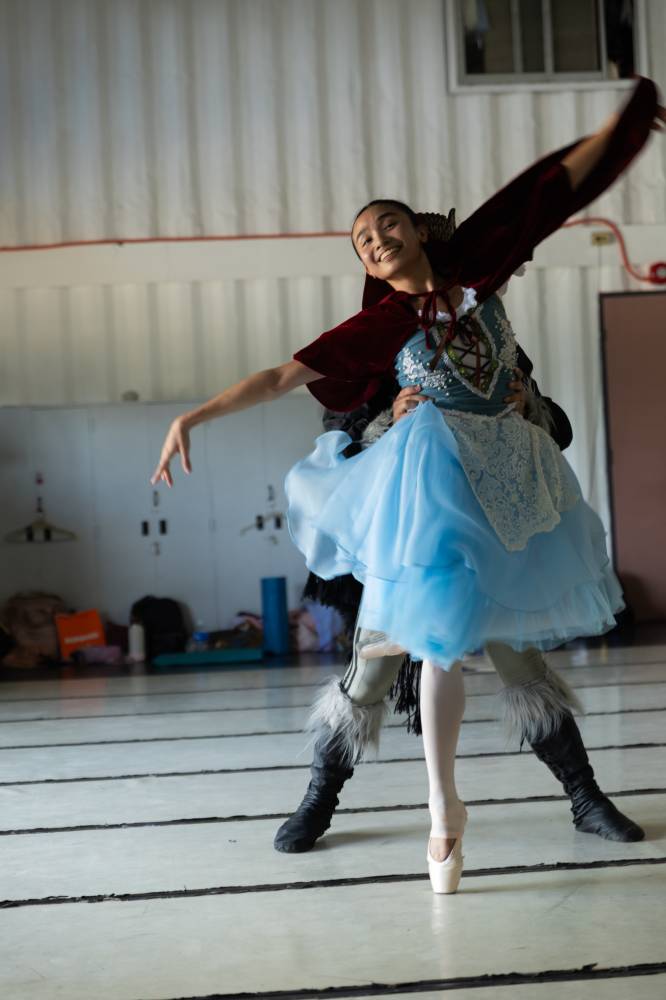
“It’s absolutely classical, not neo-classical. Like the old school. That’s why I use this style because if you go to neoclassical or modern, it’s difficult to understand,” says the director. “So this language is very understandable.”
Meanwhile, “Peter and the Wolf” remains a classic introduction to symphonic music by compositions of Sergei Prokofiev, with each animal represented by a distinct instrument, like Peter as the strings section and the Wolf as French horns. With many young kids (and older people, too) often easily distracted by their phone screens, such an engaging performance with the orchestra in the spotlight is an accessible gateway for those entering the theater for the very first time.
Outreach
Across the three-day run, “Three Masters, One Stage” is allotting 1,000 free seats in an outreach program, with tickets for public school students who wouldn’t normally have access to such a show, military service people, members of Indigenous communities, and other members of Ballet Philippines’ long-running outreach programs.
“Some of these kids, it’s their first time to be on a bus. Their first time in Manila. Their first time in an elevator, in aircon,” she says of her previous experiences with the outreach programs. “Before, we reached out to Indigenous people from Zambales. We bus them in, we teach them about ballet, and we let them teach us their own cultural dances, too.”
Innovation
Since the Cultural Center of the Philippines closed down for renovation in 2021, Ballet Philippines has found its space at The Theatre at Solaire, a venue with modern facilities and technical capacity that has allowed the company to experiment with new tools, including AI-generated backdrops and sophisticated lighting design.
But Liechtenstein reminds us that innovation doesn’t mean abandoning the classical. “You can be very classical and very innovative at the same time,” she says. “It’s all about how you build the world around the dancers.”
As for the next steps? The masters hope that this collaboration is just the beginning. “We never thought Ballet Philippines and Repertory Philippines would share a stage,” Liechtenstein admits. “But here we are.”
“Three Masters, One Stage” presented by Ballet Philippines, Repertory Philippines, and the Manila Symphony Orchestra runs from Aug. 1 to 3, 2025 at The Theatre at Solaire

